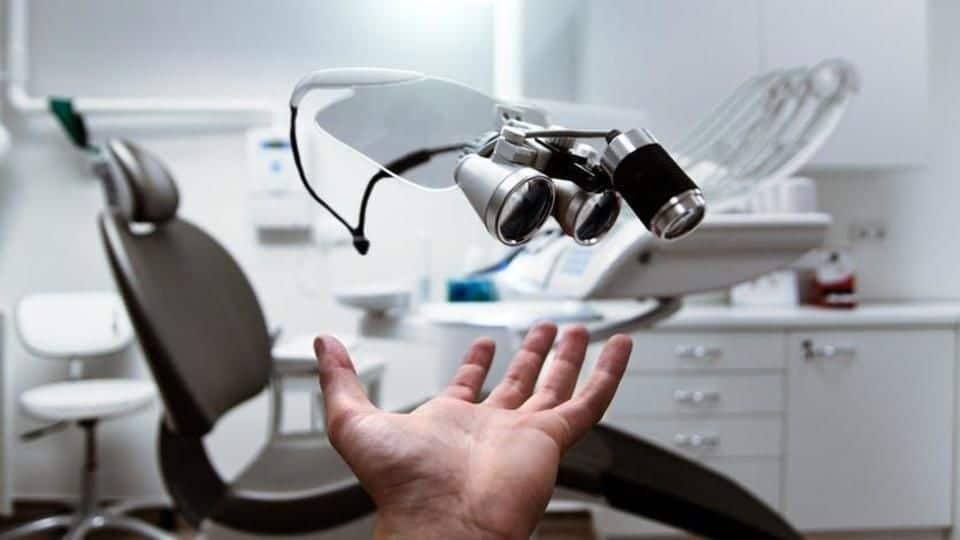
#WhatTheHealth: Indian healthcare system still has hope. Here's why
What's the story
We have one doctor for 1674 people. Healthcare expenditure is out-of-pocket for 62% Indians, forcing over 63 million into poverty every year.
These aren't just numbers. They present the pathetic state of our nation's health infrastructure, which is limiting and slowly killing 1.3 billion people each day.
Implementing systemic changes will take time. Here, we therefore look at other plug-ins making healthcare more accessible.
Details
Government health insurance schemes: Providing affordable medical cover
As per National Sample Survey's 2016 report, over 80% of India's population doesn't have any health insurance. This partly explains our high dependency on private hospitals and huge out-of-pocket medical expenses.
With most government health insurance schemes either region-specific or for rural BPL families, there aren't many cost-effective state-run options for urban Indians. However, we bring you two choices that might help.
Salient features
Employment State Insurance Scheme (ESIS)
People working in organizations with over 10 employees and earning less than Rs. 15,000 a month can apply for this scheme.
It provides medical care to employees and their families, certain cash benefits and physical aids when needed.
Of the salary, workers contribute 1.75% and employers 4.75% to the ESIS. The state government also contributes 1/8th of the total medical benefit cost.
Key points
Central Government Health Scheme (CGHS)
It provides comprehensive healthcare facilities to central government employees (and their dependents) through its wellness centres in 25 cities across India including Allahabad, Ahmedabad, Bhubaneswar, Bhopal, Dehradun, Guwahati, Jaipur and Jabalpur.
It covers the cost of domiciliary care, family welfare, mother-child services, specialist consultations, hospitalization, X-rays, lab tests and medicines.
Information
Insurance, community participation can fill gaping holes in health sector
If getting more Indians insured is one way of tackling the health crisis, the other is making healthcare accessible though pro-active community participation. Hence, we look at a few commendable examples where technology, mobility and the will to help has serviced millions.
Bridging gaps
Virtual Healthcare Vans: Taking medical aid to people's doorsteps
Since 2012, these vans have been providing specific services for hospitals/health foundations. So far, among other projects, they have successfully given palliative care in Kerala, tele-psychiatry in Madurai, eye care (including surgeries) in Delhi-NCR, and diagnosed cancer among Kashmiri women.
Developed by Crescendo Corporation, they are manned by trained paramedic staff and fitted with necessary mechanization for digital X-rays, ultra-sonographies, endoscopies and detecting diseases.
Health on wheels
Jeevan Rekha Express: Lifeline of the marginalized
World's first hospital train, it started in 1991, treating cataract, cleft lips and polio. Now it offers wide-ranging services, from plastic surgeries to cancer care.
Operated by Mumbai-based NGO, Impact India Foundation, it has treated for free about 1 million rural people so far.
Both private and public organizations sponsor its projects, each of which last from 3-5 weeks and help about 5,000 people.
Other avenues
Hospitals that provide free services, thanks to charitable trusts
Sri Sathya Sai Super Specialty Hospitals in Puttaparthi and Bengaluru offer free medical treatment (including surgeries) of diseases involving the heart, brain, eyes, stomach, urinary system and bones.
Between 2001-2015, over 67,000 cardio/neuro surgeries had been performed at its Bengaluru branch alone.
Another Bengaluru facility, Vydehi Hospital, reserves 30% of its 1600 beds for free services, from diagnosis to treatment and follow-up care.